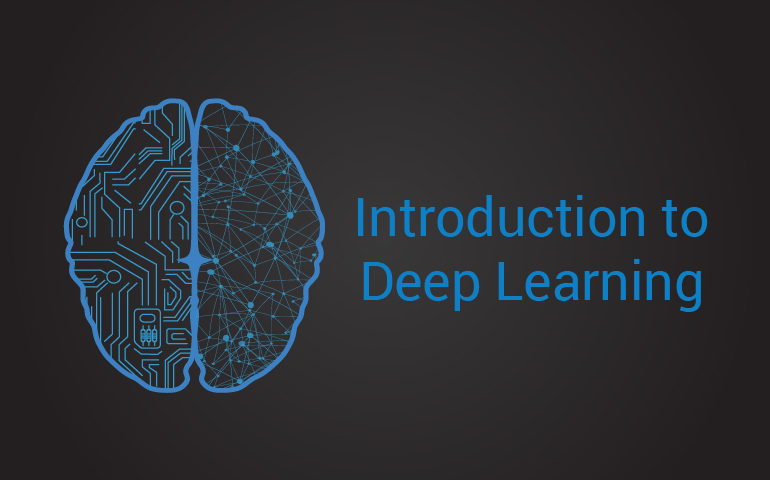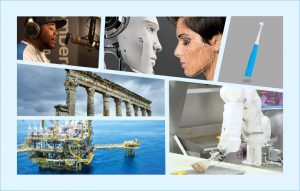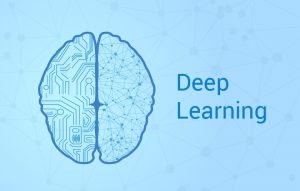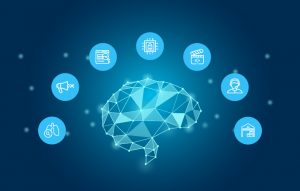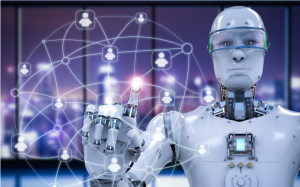Human nervous system comprises of millions of nerve cells or neurons. These neurons connect with each other to form a neural network. A neural network is a mathematical representation of a brain. Each neuron takes an input, processes it and gives an output. A neuron can have a single input / output or multiple inputs / outputs. But it ultimately decides upon what inputs are useful; processing accordingly, provides relevant outcomes.
Artificial neural network for deep learning
Deep learning is based on the concept of artificial neural networks, or computational systems that impersonate the way the human brain functions. Essentially, deep learning involves feeding a lot of data to a computer system which can be used further to make decisions about other data.
This data is fed through artificial neural networks (ANNs). These networks ask a series of binary true or false questions, or extract a numerical value from every bit of input data and classify it according to the answers received. A neural network model becomes a deep learning model when you add more hidden layers and increase the depth of artificial neural networks.
Deep learning algorithms with manifold processing layers are used to make better models from large quantities of unlabeled data like photos or videos with no description. Deep learning is responsible for recent advances in computer vision, speech recognition, natural language processing, and audio recognition.
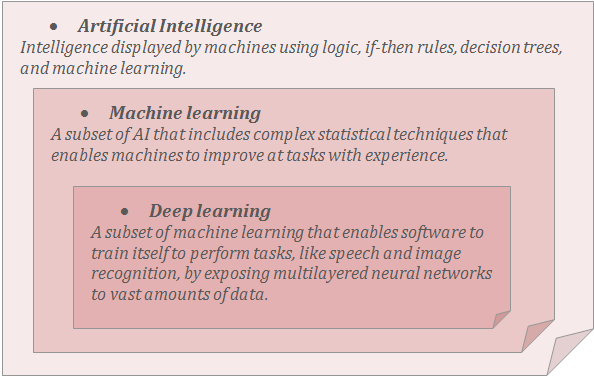
Training techniques of deep learning
Deep learning relies on two training models: pre-trained and self-learning.
Supervised learning
Take an example of a child. A child is told to be careful while leaning off a chair as it might be dangerous in case the child falls. This can be demonstrated by pushing a glass off the edge. The child learns by seeing that the glass breaks. Here, the child has been trained by demonstrating the effects.
Supervised learning works in a similar manner. A system is trained to identify data and process accordingly. Suppose, a neural network is fed thousands of labeled images of various animals, learning to classify them and an unlabeled image is then given to the pre-trained system. It tries to understand the image layer by layer and based on the training, presents an appropriate output.
It is relatively fast and demands relatively less computational power than some other training techniques that are used in deep learning. However, it has limitations for real-world applications. Supervised machine learning requires training to be given to the system with sets of examples to learn a function, where each example is a pair of an input and an output from the function, which is a little time consuming.
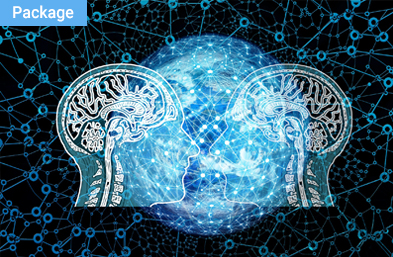
AI strategy and planning workshop
Artificial intelligence is transformational, and adopting this technology will enable companies to reshape their strategic vision so that they no longer rely on what they think is true, rather, leverage factual-based decision-making capabilities.
Unsupervised learning
Let’s take the same example of a child. A child is not told to be careful while leaning off a chair. Hence, a child being a child, i.e. curious, leans forward and hurts himself. This incident teaches him to be careful every time while sitting.
Unsupervised learning works the same. The key difference between supervised and unsupervised learning is that the data are not labeled in unsupervised learning. Even though the pictures of monkeys don’t come with the label “monkey”, deep learning networks will still learn to identify them.
Google DeepMind’s stick figure taught itself to walk and navigate a parkour course.

Source: Tech Insider
The ability to learn from unlabeled or unstructured data is an enormous benefit for those interested in real-world applications.
Notable companies leveraging deep learning
Our sales teams are using neural nets to recommend which prospects to contact next or what kinds of product offerings to recommend.” – Peter Lee, co-head of Microsoft Research
Deep learning is used by Google in its voice and image recognition algorithms. Deep learning systems of Google have been taught to play (and win) games such as Go.
Netflix and Amazon use deep learning to recommend what users would like to watch or buy next.
China’s leading search site, Baidu, uses neural networks for speech recognition, translation, photo search, and other projects like self-driving cars.
Enlitic has implemented deep learning networks to analyze medical imaging data such as x-rays and MRIs to identify and track treatment outcomes for the most similar diagnosis.
Deep learning approach for businesses
Gartner sees deep learning with the potential for significant impact on an organization’s long-term plans, programs and initiatives.
Businesses know the importance of data. Data is the key to well-informed, sound decisions and reliable predictions. Companies have been continuously looking for better ways to leverage the data they collect in order to make better decisions. Deep learning not only offers them better data processing but also solutions to the problems that were previously impenetrable.
To understand more about the business benefits of implementing deep learning, you can talk to our experts.


